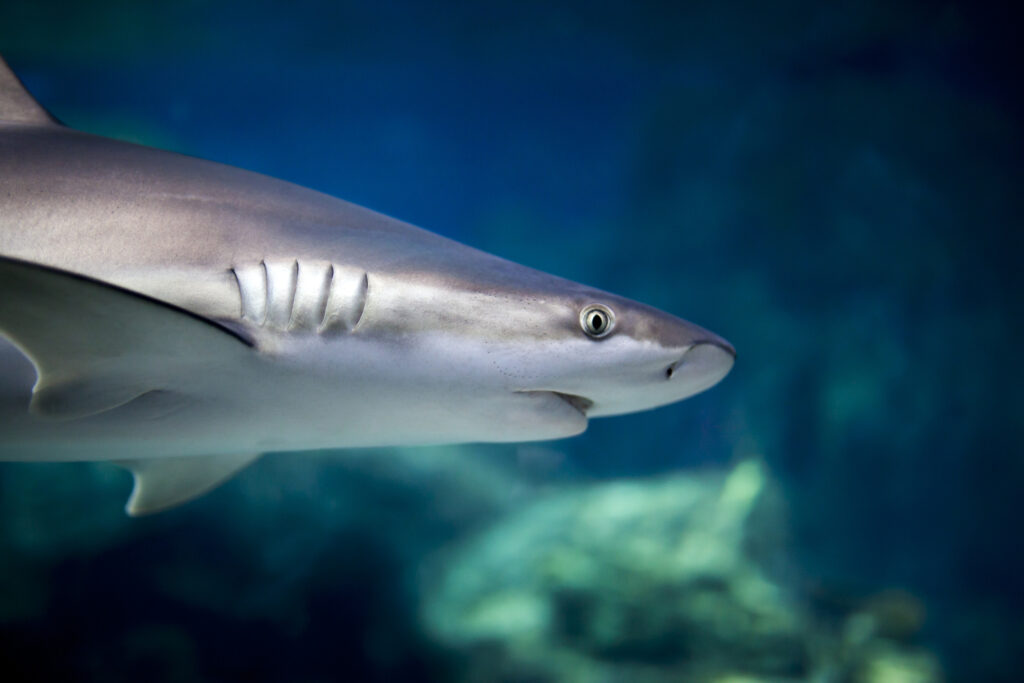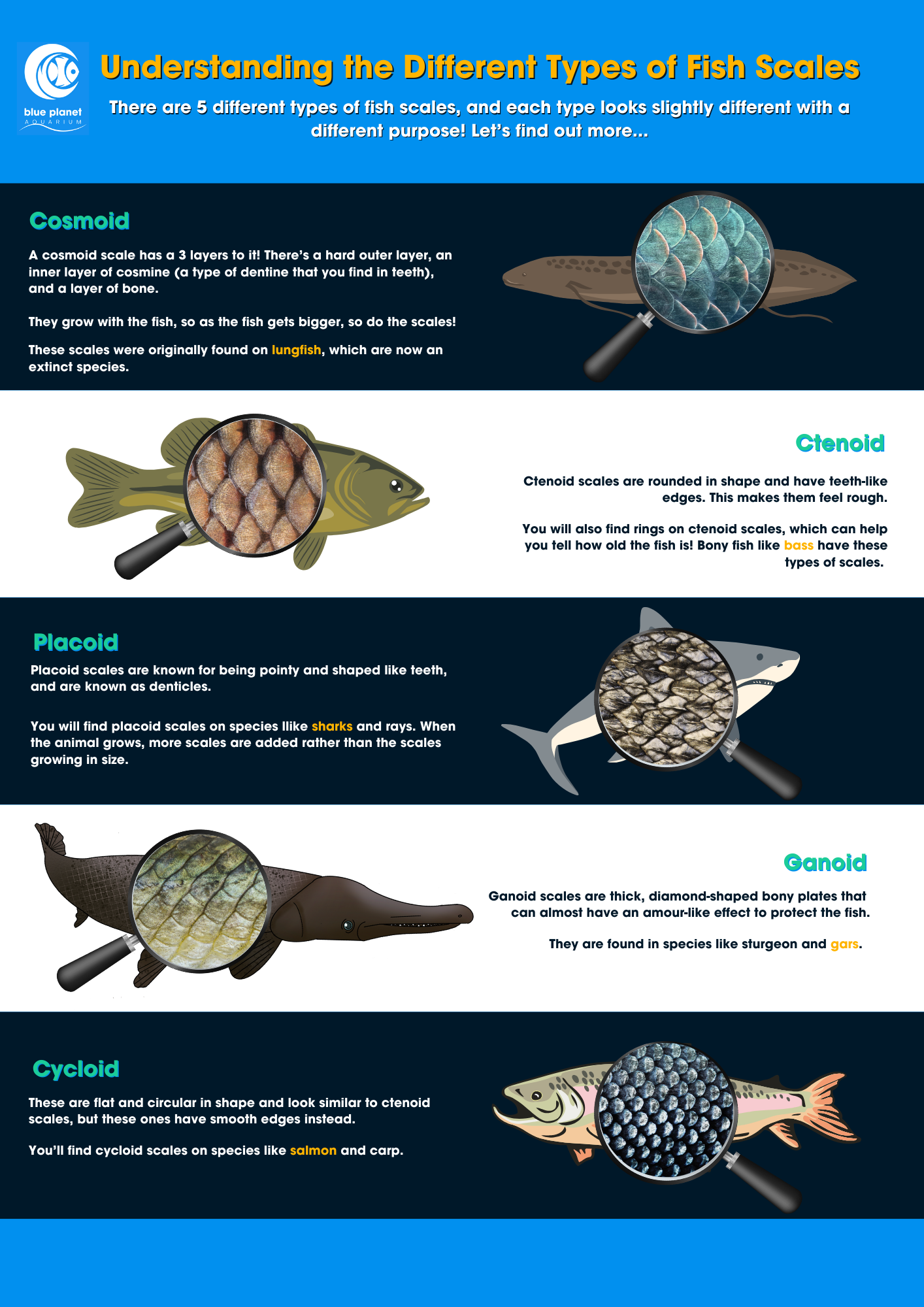Fish are full of interesting features, one of which is their scales. With their colourful and shimmering appearance, a fish’s scales are usually the first thing that’ll catch your eye.
But have you ever wondered what scales actually are and why many fish are covered in them? If so, we’re here to teach you everything you need to know about fish scales, starting off with the basics.
What are scales?
Scales are simply small plates that grow from a fish’s skin to protect them from predators and their surroundings. These can be big or small and might grow over the top of each other depending on the fish.
Another interesting fact is that not all fish have scales. Instead, they might develop other ways to protect themselves. Species of clingfish, for example, don’t have scales, but they do have a thick layer of mucous covering their bodies.
Not all scales are the same, either. In fact, there are five different types of scales. While most only have one kind on their bodies, some might have a mix. For example, species of flatfish like flounders and soles have two types of scales.
Of course, some fish scales are more common than others.
Let’s dive straight into the five different types of scales, including what they look like and which fish you’re most likely to see them on…
Placoid

Placoid scales, sometimes called denticles, are best known for being pointy and tooth-like. These scales are only found on cartilaginous fish (fish that do not have bones) like sharks!
These scales are slightly more unique compared to the others. This is because as the fish grow bigger, they add more scales to their bodies rather than the scales getting bigger too.
When a sea creature with placoid scales is swimming, the scales will sit flat against their bodies. This helps them move quicker and easier through the water!
Cosmoid
A cosmoid scale has three layers to it, including a hard outer layer, an inside layer of cosmine (a type of dentine that you find in teeth) and a layer of bone.
This type of scale grows with the fish, which means that as the fish grows, the scales get bigger, too!
Cosmoid scales were originally found in some species of lungfish, which are now extinct. Sadly, because of this, these scales aren’t found in any living fish anymore and so you won’t see them.
Ganoid
Ganoid scales are thick diamond-shaped plates that fit together a bit like jigsaw pieces to create a hard shell around the fish. These are found on fish like sturgeons and gars.
Because these scales are thicker, they have more protection from predators and their environments. But this can also make them slower in the water than fish with other softer scales.
Cycloid
Smooth, flat and round – cycloid scales are often found on bony fish. The scales develop rings (like you would see on a tree trunk) which show how old the fish is, just like another type of fish scale we’ll talk about below.
Salmon and carp are some of the fish species that have cycloid scales.
Ctenoid
Ctenoid scales are similar to cycloid scales since both are round, but the edges of a ctenoid scale are teeth-like rather than smooth. This gives them a rougher texture.
They also have rings which help you tell how old the fish is. Bony fish like bass and flatfish have these types of scales.

What are fish scales for?
Fish scales aren’t just there to make fish look good – they’re actually there for a few purposes.
One of the main reasons that fish have scales is to keep their bodies protected from any harm, similar to the way that armour works. This is super important for their survival.
Fish can also use their scales to help them glide through the water effortlessly. When the scales lay flat against their bodies, it makes it easier for them to push themselves much more quickly.
In some cases, scales can be used to help fish camouflage themselves. This is usually when a fish has reflective or coloured scales that help them hide from potential predators!
Our exhibits at Blue Planet Aquarium are filled with fish with all the different types of scales in all different colours and sizes. Come along and try to spot the different scale shapes and types for yourself on your next visit!
